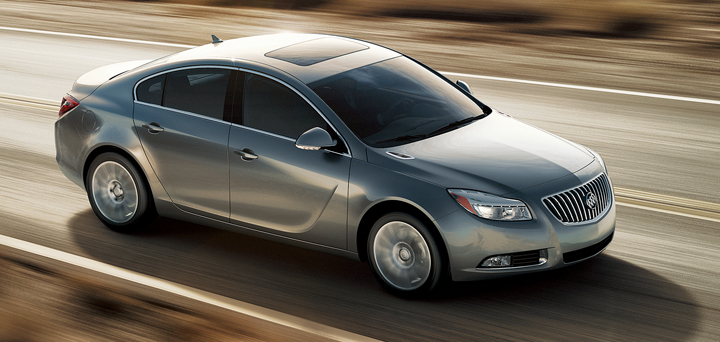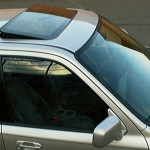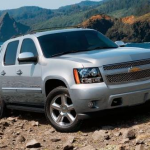
Change has come to General Motors, and it’s largely been for the better. I personally remain a bit perplexed as to why GMC is still around. I’m sad at the loss of Pontiac and remain incensed at just how badly management bungled Saturn, my favorite division.
Life goes on, and regardless of how you might feel about the company now, it’s producing some of the best vehicles in its history. As with Cadillac in the early 2000s, GM has been diligently working to reinvent Buick. The primary task: create new and improved products to expand the brand’s appeal beyond the silver-haired pensioner crowd.
As a 32-year-old male who has loved cars his entire life, I maintain my affinity for performance cars. There will always be room for the likes of the Corvette, Mustang, and 911 in my automotive heart.
However, for folks in my demographic (early 30s, married, college educated, household income of none of your business), Buick is not a brand to be easily dismissed.
The Enclave is a fantastic family hauler. The LaCrosse is probably the smoothest riding, quietest car you can buy for less than $50,000 (I’d even expand that to $75,000). The new-for-2012 Verano has been a pleasant surprise, mimicking the larger LaCrosse with a premium ambiance at a much lower price point.
While I would be happy to have any of Buick’s current models in my garage, it’s the Regal that deserves special attention. This was the car everyone knew was coming but few expected.
Based on the Insignia produced by GM’s German Opel subsidiary, Regal promised a European-style driving experience with the smooth quietness of a Buick, at a price that straddled the line between mainstream and premium-midsize sedans.
The Most-Popular Auto Brands on Facebook, Ranked
Now I’ll admit the car’s model-year 2011 launch was not all that impressive on its face. A fairly anemic 182-horsepower 2.4-liter 4-cylinder engine powered the first Regals. Its standard 6-speed automatic transmission felt programmed for maximum fuel efficiency, further sapping the fun from the driving experience. Despite its lack of power, Regal delivered a solid ride, taut handling, and a comfortable interior.
Those who wanted more, including yours truly, would get it with two new turbocharged models. A few months after launch, the 2011 Regal CXL Turbo (name changed to Turbo Premium for 2012) arrived, and again, it was a car we knew was coming but did not expect. In addition to a significant horsepower bump (38 more than standard), you could outfit the car with a 6-speed manual transmission—a very good 6-speed manual with a smooth shifter and effortless clutch. We said of the Regal CXL Turbo, “This combination adds a surprising dimension of fun that you would not typically associate with Buick.”
The brand wasn’t done there. Arriving for the 2012 model year was the most aggressive car to come from Buick since the Grand National and GNX of the 1980s: the Regal GS. GM could simply have brought over the high-performance Opel Insignia OPC, but instead it elected to go a different way. The GS is powered by a 270-horsepower 2.0-liter turbocharged 4-cylinder engine mated to either a 6-speed manual or 6-speed automatic transmission. While the Insignia OPC is quicker on account of its turbocharged V6, it would likely get a much worse fuel-economy rating than the 19 mpg city/27 mpg highway the GS gets. A driver’s car that gets decent fuel economy . . . from Buick? Who would have thought?
That question really sums up how my opinion of the brand has evolved over the last 18 months. Every single vehicle in its model-year 2012 stable is worth your consideration. Buick is now desirable, not desperate.



